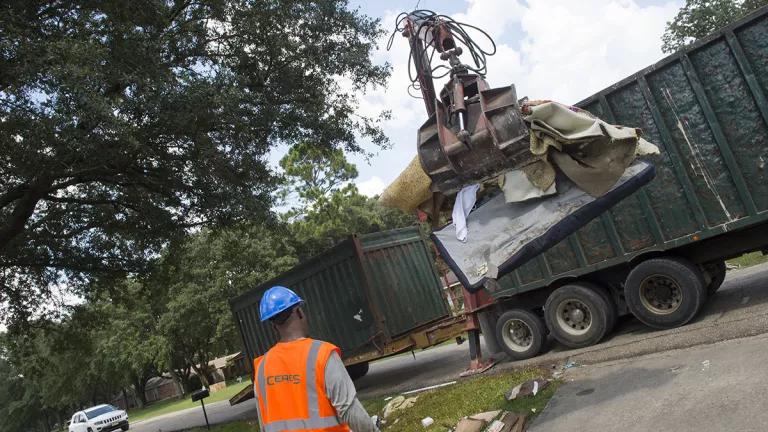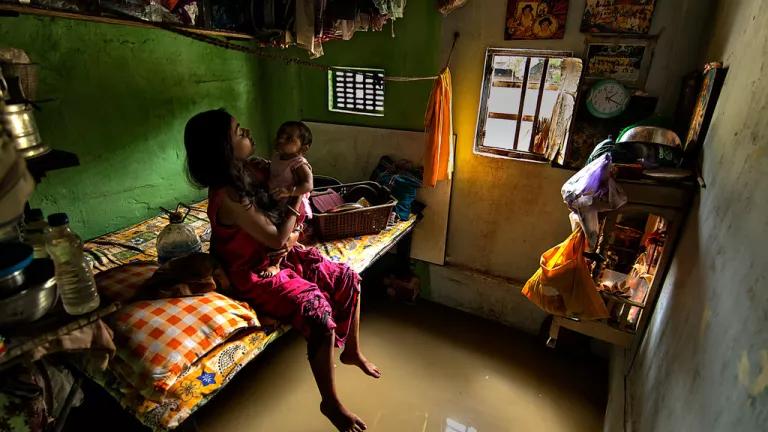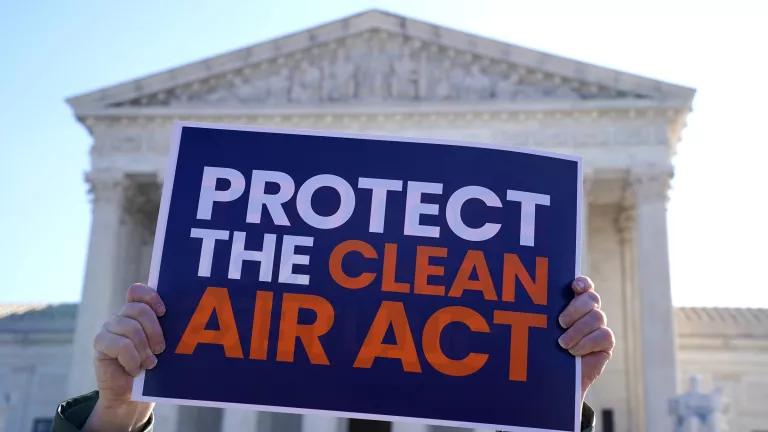
An “extraordinary” amount of rain submerged neighborhoods across south Louisiana a couple of weeks ago. The water has now receded, leaving in its wake a flood of debris from thousands of damaged vehicles and more than 160,000 damaged or destroyed buildings—including more than 40 percent of the homes in metro Baton Rouge. This already seems to be one of the costliest weather disasters in Louisiana’s modern history. It will take months, however, to tally the full price tag of debris removal and health problems associated with demolition and reconstruction.
Massive piles of rotting food, moldy drywall, appliances, and family belongings line the streets in Baton Rouge and other communities. Melanie, who shared her experiences with me right after the flood, said, “the odor is overwhelming.” (For more of Melanie’s observations, check out the Facebook post accompanying the video below.)
Flooded residents are busily sorting the remains of their homes into debris piles and trying to protect items on the curb from trash pickers so they can file insurance claims. In the Acadiana region of the state, the Department of Transportation and Development started curbside removal of debris just last Monday.
Although drowning is the most significant health threat associated with floods, the National Institute for Occupational Safety and Health warns, “the danger of a flood does not end when the rains cease.” Cleaning up disaster debris can be risky, potentially resulting in cuts, breathing and heart problems, sprains and strains, and other injuries and illnesses. Less common are fungal or bacterial infections of open wounds, but they are common enough that the Louisiana Department of Health is offering free tetanus shots to flood victims.
Debris removal also can account for the biggest chunk of government spending immediately after a disaster. That’s not surprising when you consider that a powerful storm can make several weeks’ or months’ worth of trash in a few days. Hurricane Sandy, for example, generated about 700,000 pounds of debris in 2012—roughly equivalent to 5 weeks of waste from New York City’s busy construction industry.
Cities, states, and the federal government are largely unprepared for the increase in debris sure to accompany higher seas and more frequent and intense storms. Shockingly, states aren’t federally required to develop debris management plans, according to a June 2016 report from the U.S. Environmental Protection Agency Inspector General. The states that do have a plan (including Louisiana) typically don’t consider climate change, relying instead on historical storm data. In turn, EPA can’t adequately plan to assist states with the management of toxic storm debris like pesticides and oil.
Climate change is supercharging extreme weather and making it more likely that our loved ones will have to one day sort pieces of their lives into piles of trash. There are a number of state and federal efforts underway to slash the carbon pollution that will fuel more dangerous storms—and more dangerous storm debris—but additional preventative action is needed. Please join our call for climate action to help protect people and communities from becoming future victims. Because even the best debris management plan can’t make a disaster victim whole after a storm strikes.




